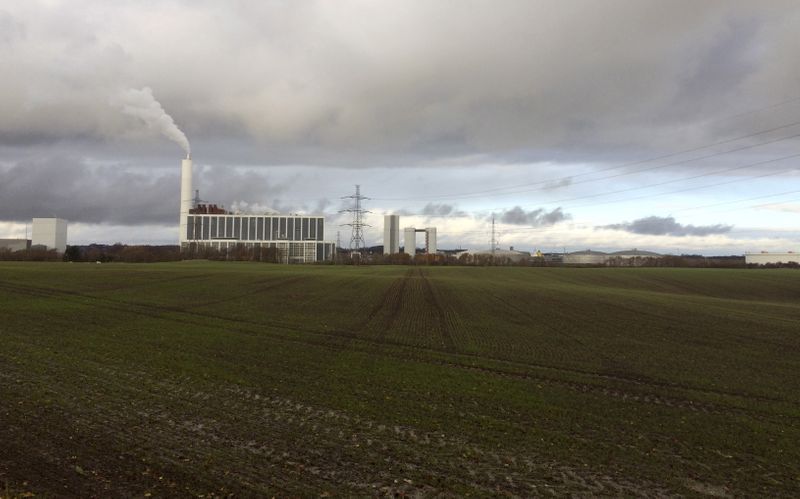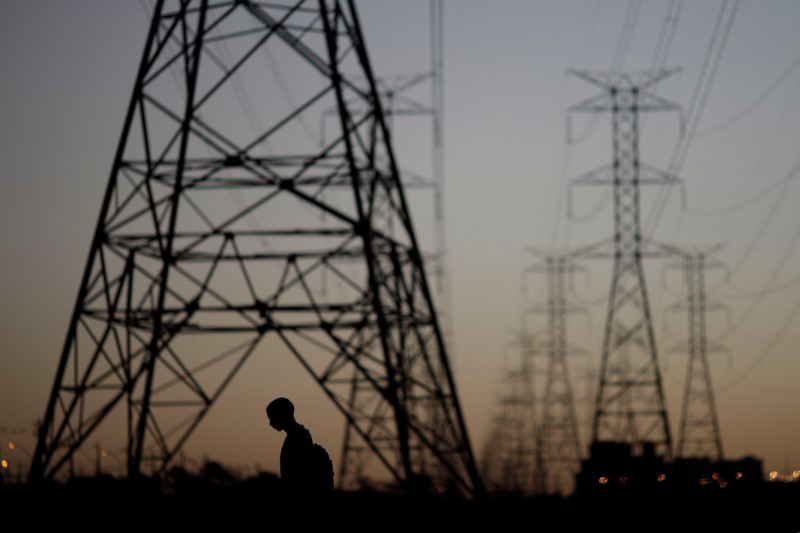By Nina Chestney
LONDON (Reuters) - Global carbon dioxide emissions from power production flattened last year to 33 gigatonnes after two years of increase, even though the world economy expanded, the International Energy Agency (IEA) said on Tuesday.
The growth of renewable energy and fuel switching from coal to natural gas led to lower emissions from advanced economies. Milder weather in several countries and slower economic growth in some emerging markets also contributed, the agency said.
Late last year, international climate experts warned that global temperatures could rise sharply this century with "wide-ranging and destructive" consequences after greenhouse gas emissions hit record levels in 2018.
Governments face a deadline this year to set more ambitious emissions cut targets under the 2015 Paris Agreement, a global climate pact aimed at limiting global warming this century.
"We now need to work hard to make sure that 2019 is remembered as a definitive peak in global emissions, not just another pause in growth," said Fatih Birol, the IEA’s executive director.
"We have the energy technologies to do this, and we have to make use of them all," he said.
The fall in CO2 emissions in advanced economies offset growth elsewhere.
Emissions from the power industry in advanced economies fell to levels last seen in the late 1980s, when electricity demand was one third lower than today, the IEA said.
Power generation from coal plants fell by almost 15% last year due to the growth of renewable energy, fuel switching to gas, a rise in nuclear power and weaker electricity demand.
European Union emissions fell by 160 million tonnes or 5% last year from a year earlier due to more use of natural gas and wind power in electricity generation.
The United States recorded a fall of 140 million tonnes or 2.9% in emissions from the previous year.
Japan's emissions fell by 45 million tonnes, or around 4%, as output from recently restarted nuclear reactors increased.
But emissions in the rest of the world increased by nearly 400 million tonnes in 2019, with almost 80% of the growth coming from countries in Asia where coal-fired power generation continued to rise.
China's emissions rose at a slower pace than previously due slower economic growth and higher output from low-carbon sources of electricity such as nuclear and renewables.
Emissions growth in India was "moderate" last year, according to the IEA. Coal-fired power generation in the country fell for the first time since 1973 but fossil fuel demand in other areas such as transport offset the decline in India's power industry.
Emissions grew strongly in south east Asia, driven by robust coal demand, the IEA said.

